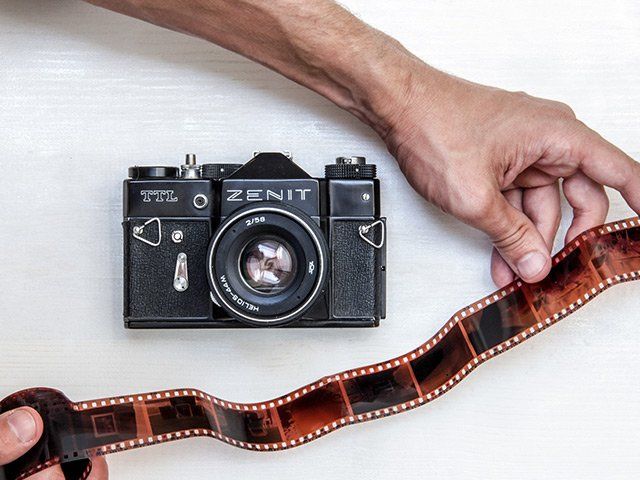SCANNING
SCANNING
Normal Service varies with workload.
| Film | Standard resolution .jpg |
|---|---|
| 35mm strips | $1.00 per strip (1-6 frames) |
| 120 | $1.00/image |
| 4x5-8x10 | $5.00/image |
| Single cut | $2.00 |
| 35mm mounted slides | $.50/image |
| Higher resolutions available | Additional file formats available |
| Bulk photo scanning as low as $.20 |
All services include physical dusting of film, and where possible, Digital ICE*. "Wet" cleaning of film will be by customer request at an additional charge. Prices do not include film developing.
| Additional Services | |
|---|---|
| Cd/DVD Printing | $1.75 |
| Index (6x4) | $1.00 |
| Contact Sheet | 5.00 |
| USB/Hardrives available at additional cost |
*Digital ICE (non-Kodachrome, non-b/w): Technology that allows film to be digitally "cleaned" of dust, scratches, fingerprints...
Kodachrome:
Film scanners that can digitalize normal slides can also scan a Kodachrome image. But the scanned image requires some refinishing in the image processing program to be truly accurate. A Kodachrome slide is scanned with a normal configuration for positives, the image gets a bluish cast that really plagues the eye. While the color of the sky and the water can be more or less corrected automatically, one fails miserably trying to provide a natural green to the plants.
Scanners have three channels, one for capturing red, one for green and a third for blue, however, scanners that implement Digital ICE also have a fourth infrared channel. The long wave infrared radiation easily passes through the film, but when it hits dust, scratches, and fingerprints, it does not pass through as easily. The internal workings of the scanner then piece together an image based on what the infrared channel found to “remove” the defects. The issue arises with Kodachrome and the unique developing process which creates various dyes on the film. Kodachrome interacts with the scanner’s infrared channel in two ways. The absorption of the cyan dye in the film extends nearly into infrared region, making this layer opaque to infrared radiation. Kodachrome film can also affect the infrared channel as it reflects the infrared light tricking the technology into thinking they are flaws.
Up until sometime in the early 1970s, there was a protective lacquer applied to many films including Kodachrome. It was to protect against minor scuffing, fingerprints and mold…which it may have well done for some time. It is now likely yellowing, possibly capturing contaminates between the emulsion and the lacquer and ironically, susceptible to mold.

